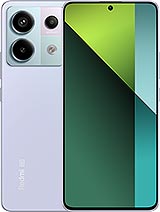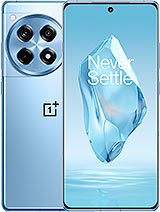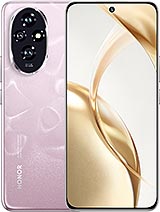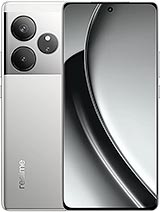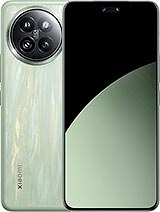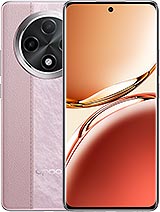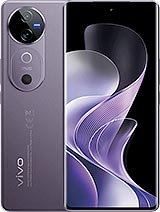Oppo F27 Pro+ alternatives
Tap above to see alternatives.
Vivo V40 alternatives
Tap above to see alternatives.
2x2.6 GHz Cortex-A78
6x2.0 GHz Cortex-A55
1x2.63 GHz Cortex-A715
3x2.4 GHz Cortex-A715
4x1.8 GHz Cortex-A510
8GB 256GB (UFS 3.1)
8GB 256GB (UFS 2.2)
12GB 512GB (UFS 2.2)
(f/1.7, (wide), 1/2.0", 0.7µm, PDAF)
2 MP
(f/2.4, (macro))
f/1.9, 24mm (wide), 1/1.56", 1.0µm, PDAF, OIS
50 MP
f/2.0, 15mm, 119˚ (ultrawide), 1/2.76", 0.64µm, AF
1080p@30/60/120/480fps
720p@960fps
1080p@30fps
(f/2.0, (wide))
f/2.0, 21mm (wide), 1/2.76", 0.64µm, AF
1080p@30fps
1080p@30fps
SIM1: Nano, SIM2: Nano
SIM1: Nano, SIM2: Nano
FDD: N1, N3, N5, N8, N28
TDD: N77, N78
FDD: N1, N3, N5, N8, N28
TDD: N40, N77, N78
FDD: N1, N3, N5, N8, N28
TDD: N77, N78
FDD: N1, N3, N5, N8, N28
TDD: N40, N77, N78
In this comparison, the Vivo V40 with the Qualcomm Snapdragon 7 Gen 3 (4nm) performs better than the Oppo F27 Pro+ with the Mediatek Dimensity 7050 (6nm), thanks to its more efficient chipset.
Both phones offer the same OS update support and receive security updates for the same duration.
Both phones feature AMOLED displays. They have the same 120 Hz refresh rate. Vivo V40 also has a brighter display with 4500 nits, improving outdoor visibility. Notably, Vivo V40 has a higher resolution display, resulting in sharper visuals.
Vivo V40 has a larger 5500 mAh battery for longer usage. Vivo V40 supports faster wired charging at 80W.
Oppo F27 Pro+ offers better water and dust resistance with an IP69 rating.




